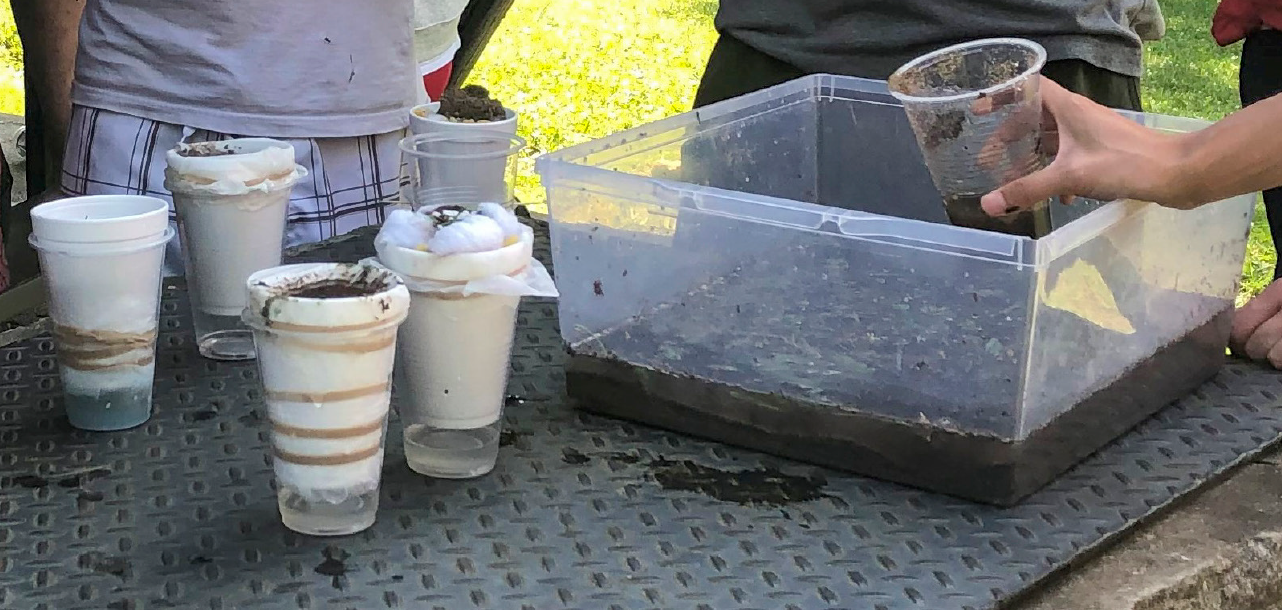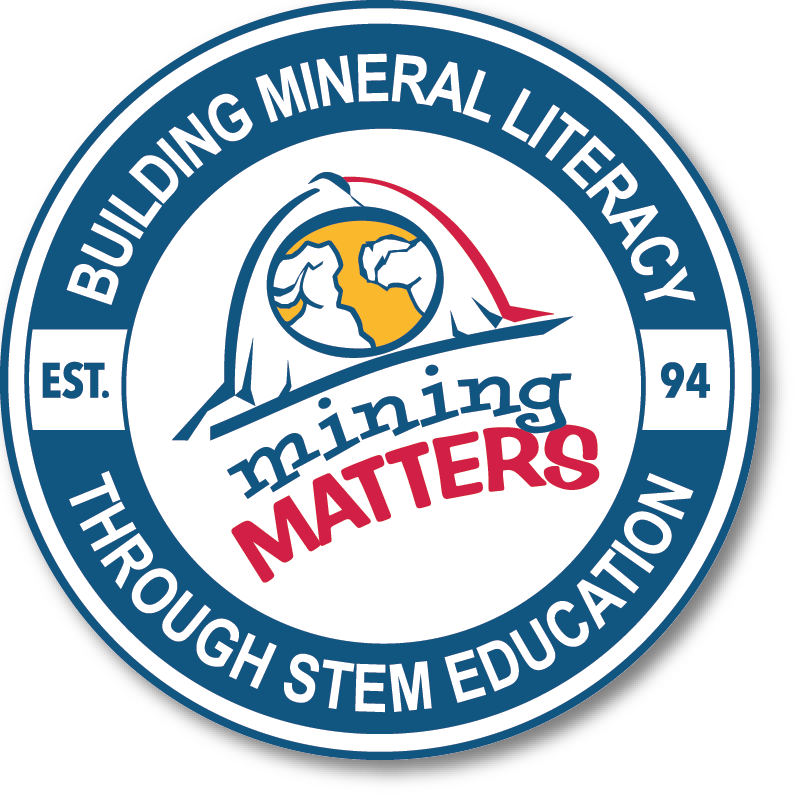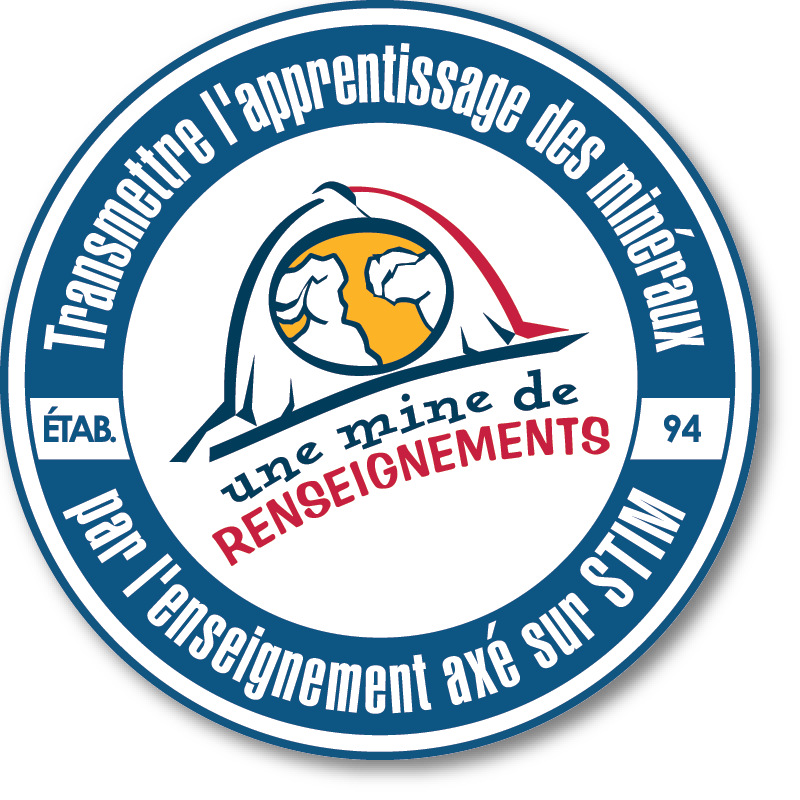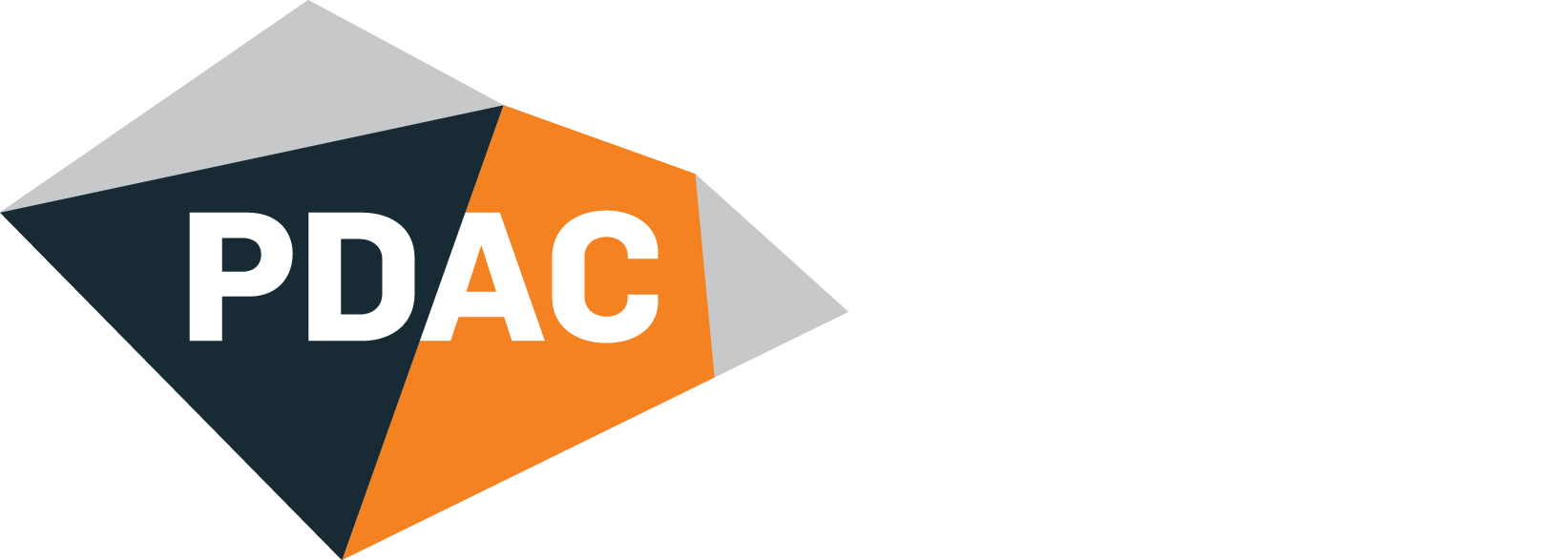Water Filtration Challenge
Safety
Please note that the water filtration system you are making will remove some impurities, but it will NOT make the water safe to drink.
Background
Mines use water in different ways. One use is when separating the valuable mineral from the mined rock. Another is to reduce the dust on the mine site. Water treatment is important to mines. In this activity, you are challenged to design and build a water filtration system, using common materials.

Objectives
Your challenge is to create a water filtration system to determine which filter media should be used to get the purest filtered water.
Materials
- 1 Clear cup
- 1 paper cup
- Scissors
- Paper towels (for spill cleanup)
- 1 Coffee Filter
- 1 Rubber band (to attach coffee filter to cup)
- 3-4 Toothpicks
- Variety of household materials to use as filter media. Filter media is anything placed in a filter that changes the quality of water flowing through it. Examples include:
- cotton balls
- coffee filters
- aquarium gravel
- play sand
- uncooked macaroni
- activated carbon (rinse carbon with water and dry on newspaper or towels before using).
- A container for mixing simulated waste water
- Simulated wastewater
- 1 ½ cup Water 300ml
- 3 tbsp. Vinegar (optional, increases difficulty level)
- 1 drop Yellow food colouring (optional, increases difficulty level)
- Dust swept from the floor
- ~1 tbsp. Topsoil or sand
- A pinch of pet or human hair
- pH test strips (range 1-12, minimum) if using vinegar
Additional Resources
Make your own pH test strips
Did you know you can make your own pH test strips at home? Check it out here.
Preparation
Be sure to rinse and thoroughly dry activate carbon (if using). Un-rinsed carbon will turn the water black.
Instructions
- On the worksheet provided or use paper/notebook to create your own ‘Scientific Lab Book’ record your simulated waste water materials.
- Hold a piece of white paper in back of the filtered water and examine for particulate matter and colour. If vinegar was used, test the pH of the filtered water with a pH strip
- Combine the simulated waste water ingredients and mix well.
- If vinegar was used test the pH of the waste water using the pH strips and record the result on your worksheet or in your lab book
- Insert the toothpicks around the base of the paper cup such that it can sit above the clear cup.
- Poke holes in the base of the paper cup to allow water to flow through.
- Cover the bottom of the paper cup with the coffee filter and use to rubber band to hold it in place.
- Build your filter in the paper cup using the household materials gathered to use as filter media.
- Create a legend on your worksheet or in your lab book by documenting the colours chosen to represent each filter media and create a diagram of your filter.
- Test your filter, only use as much water as the clear cup will hold, ensure you leave some of the simulated waste water to compare to your filtered water.
- Answer the following questions on your worksheet or in your lab book:
- How successful was your filter?
- Which filter media were most effective at filtering the water?
- How might you further improve upon the water filter design?
- Optional: How did the pH of your filtered water compare to the simulated waste water?
- Post a picture of your filtered water next to your simulated waste water on Instagram #waterfiltrationchallenge

Discussion
What is the Connection to the Minerals Industry?
There are many different treatment technologies used to clean used or waste water on a mine site; these technologies can be described as active or passive. Active treatments require energy and chemicals. Passive treatments use natural methods such as gravity, microorganisms, and plants. Wetlands built by humans are a form of passive water treatment. These wetlands naturally filter and clean water. But it is hard to remove all the contaminants. These treatments need ongoing care and attention. The treatments used at a mine depends on the following:
- How dirty is the water?
- What chemicals need to be removed?
- How much water is there?
- How clean does the water need to be after treatment?
Water management following the closure of a mine
Mining is a temporary land use. When a mine stops being used, mine closure activities are done to take care of the land and reduce the environmental impact. These activities involve removing leftover chemicals and leftover waste materials. Ongoing water treatment is usually part of mine closure plans.




